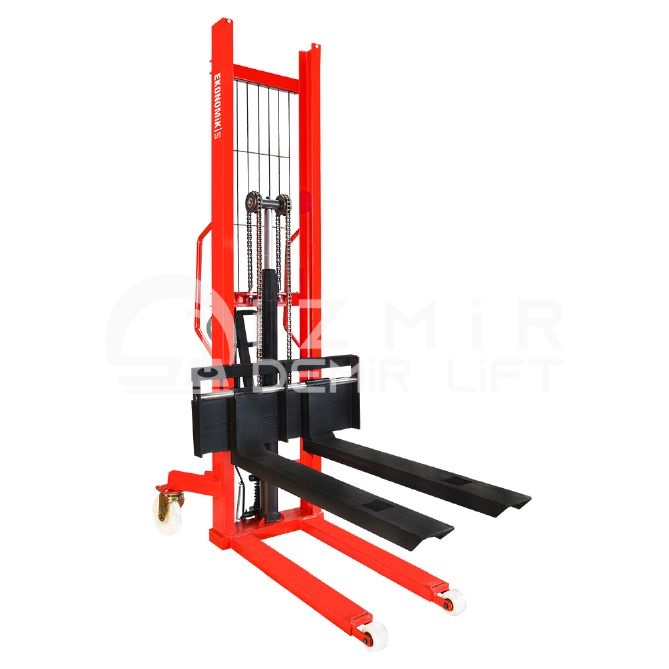
Today, warehouse management is an important element for businesses to increase their productivity and gain competitive advantage. Data analytics has become a valuable tool to optimize warehouse operations and improve processes. Data analytics applications in warehouse management processes using stackers enable smarter and more efficient warehouse operations.
By examining large data sets from warehouses, data analytics extracts valuable insights and guides decision-making processes. Stackers record material movements within the warehouse and this data is stored in integration with the warehouse management system. Here are some of the advantages of data analytics in warehouse management with stackers:
Productivity Optimization: The sensors of the stackers track material movements with high precision and share the data with the warehouse management system. This data can be used to analyze material flow within the warehouse and identify efficiency gaps in processes. Through data analytics, warehouse managers can create optimized work plans, improve inventory management and increase operational efficiency.
Demand Forecasting: Data collected by stackers can be used to create demand forecasting models. By analyzing product movements within the warehouse, future demand can be predicted more accurately. In this way, stock levels can be optimized, changes in demand can be adapted quickly and customer satisfaction can be increased.
Maintenance and Failure Prevention: The data obtained with stackers provides valuable information for maintenance planning and failure prevention. The performance of the machines can be monitored, maintenance plans can be created at regular intervals and warnings can be received in case of potential breakdowns. This increases machine availability, minimizes unexpected downtime and reduces operating costs.
Warehouse Layout Optimization: Stackers and data analytics can also be used for warehouse layout optimization. By analyzing material flow within the warehouse, optimized warehouse layout and placement strategies can be created. This results in more efficient use of warehouse space, faster access to products and reduced labor costs.
Improved Occupational Safety: Data analytics also plays an important role in occupational safety when using stackers. By monitoring the movement and performance of the machines, potential safety risks can be identified and preventive measures can be taken. This helps prevent work accidents and ensures employee safety.
In conclusion, the use of data analytics in warehouse management with stackers offers many advantages to businesses. Analyzing data allows warehouse operations to be run in a more efficient, safe and optimized way. This increases the competitiveness of businesses and supports their decision-making processes.